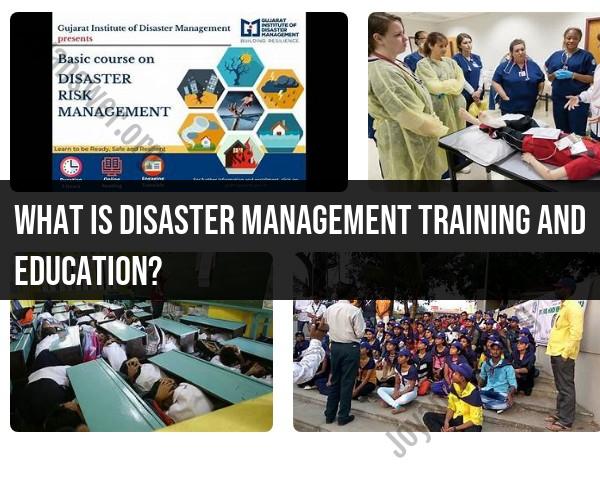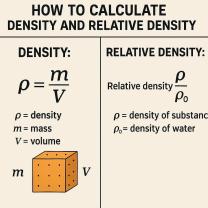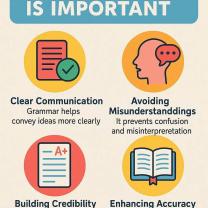What is disaster management training and education?
Disaster management training and education encompass a range of programs, courses, and initiatives aimed at preparing individuals, organizations, and communities to effectively mitigate, respond to, and recover from disasters or emergencies. These programs focus on building knowledge, skills, and preparedness to handle various types of disasters, including natural calamities, technological hazards, and human-made crises.
Key Components:
Risk Assessment and Mitigation: Understanding the types of disasters that could affect a region, assessing vulnerabilities, and implementing measures to reduce risks. This includes studying hazards, vulnerabilities, and capacities (HVC analysis) to plan for effective risk reduction.
Emergency Response Procedures: Training individuals in emergency response protocols, including evacuation procedures, first aid, search and rescue techniques, and coordination of resources during a crisis.
Disaster Preparedness: Educating communities and organizations on how to create emergency plans, assemble emergency kits, and establish communication systems in anticipation of potential disasters.
Recovery and Rehabilitation: Providing strategies and techniques for post-disaster recovery, restoration of infrastructure, psychosocial support, and community rebuilding efforts.
Coordination and Collaboration: Training individuals and agencies to work together effectively during disasters. This involves understanding roles, responsibilities, and coordination mechanisms among various stakeholders like government agencies, NGOs, and local communities.
Types of Training and Education:
Formal Education Programs: Universities and institutions offer degree programs in disaster management, emergency management, or related fields at undergraduate, graduate, and postgraduate levels.
Professional Training Programs: Short-term courses, workshops, seminars, and certifications focusing on specific aspects of disaster management, such as incident command systems, disaster preparedness planning, or humanitarian response.
Government and NGO Initiatives: Government agencies, such as FEMA in the United States, and non-governmental organizations (NGOs) often provide specialized training and capacity-building programs for emergency responders, volunteers, and community leaders.
Importance: Disaster management training and education are crucial in enhancing preparedness, response efficiency, and resilience in the face of disasters. They empower individuals and communities to effectively handle emergencies, reduce the impact of disasters, and expedite recovery efforts.
These programs aim to create a cadre of professionals and community members equipped with the knowledge and skills necessary to mitigate the effects of disasters, save lives, and minimize damage to property and infrastructure.
What does disaster management training and education typically cover?
Disaster management training and education vary in scope depending on the target audience and specific types of hazards faced by a region. However, some common themes generally underpin these programs:
Preparing for Disasters:
- Risk assessment and identification: Understanding the types of disasters likely to occur in a specific area and their potential impact.
- Building an emergency preparedness kit: Gathering essential supplies for sheltering in place or evacuation.
- Developing a family emergency plan: Establishing communication strategies, escape routes, and meeting points for family members.
- Mitigation strategies: Learning about actions individuals can take to reduce the impact of disasters, such as securing their homes or property.
Responding to Disasters:
- First aid and CPR: Acquiring basic life-saving skills to assist yourself and others in emergencies.
- Sheltering and evacuation procedures: Understanding when and how to evacuate or shelter in place safely.
- Search and rescue techniques: Learning basic steps for locating and assisting victims after a disaster.
- Psychological and emotional first aid: Developing communication and support skills to help yourself and others cope with the emotional toll of disasters.
Recovery and Resilience:
- Damage assessment and communication: Understanding procedures for reporting damage and accessing communication channels after a disaster.
- Debris management and safety: Learning proper methods for cleaning up and disposing of debris after a disaster, while protecting yourself from hazards.
- Mental health and disaster recovery: Building awareness of common psychological stresses following disasters and accessing resources for coping and recovery.
- Building community resilience: Understanding how individuals and communities can work together to prepare for, respond to, and recover from disasters.
Beyond these core topics, training may also delve into specific hazards relevant to the region, such as earthquake preparedness, flood mitigation, or wildfire response. Additional areas covered may include:
- Technology and communication tools: Utilizing apps, websites, and communication systems during disaster situations.
- Disability inclusivity: Ensuring disaster preparedness strategies cater to the needs of individuals with disabilities.
- Volunteer and leadership roles: Understanding how individuals can contribute to disaster relief efforts through volunteering and leadership positions.
Effective disaster management training and education empower individuals and communities to prepare for, respond to, and recover from disasters more effectively. By equipping people with knowledge, skills, and the ability to make informed decisions, these programs can significantly reduce the impact of disasters and promote resilience in the face of adversity.
I hope this information gives you a comprehensive overview of what disaster management training and education typically cover. Feel free to ask if you have any further questions about specific aspects or resources!












